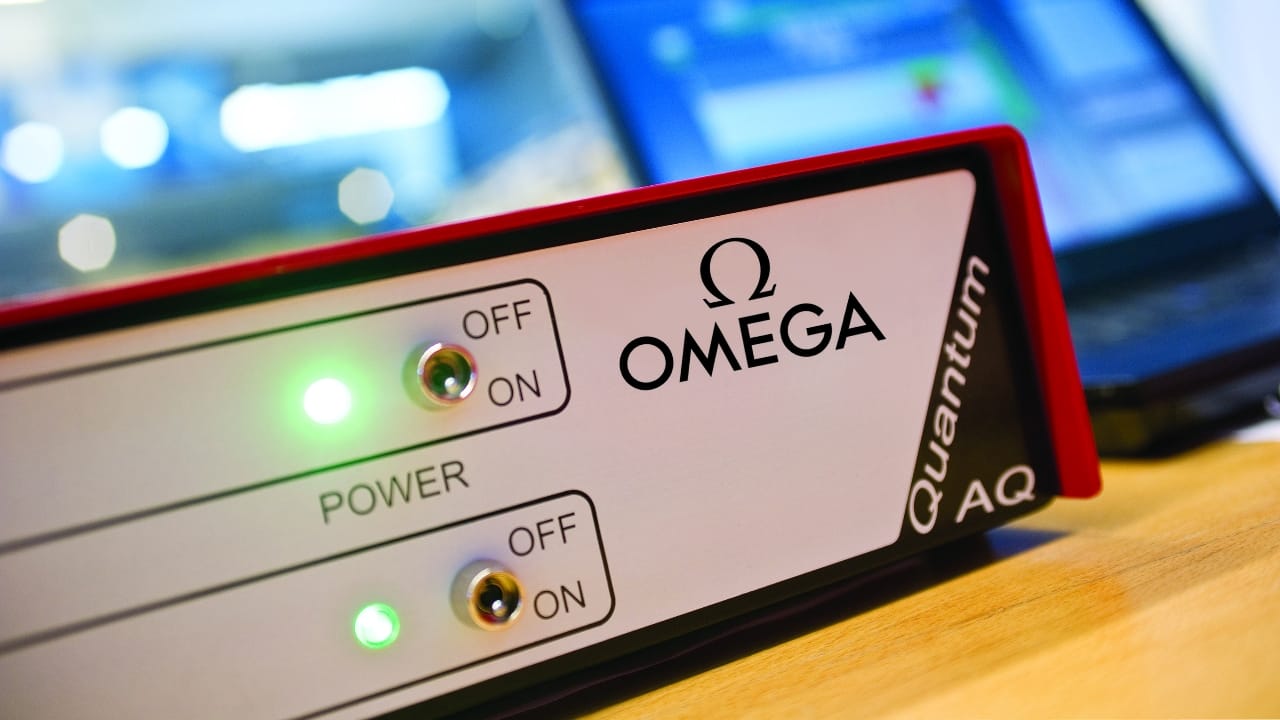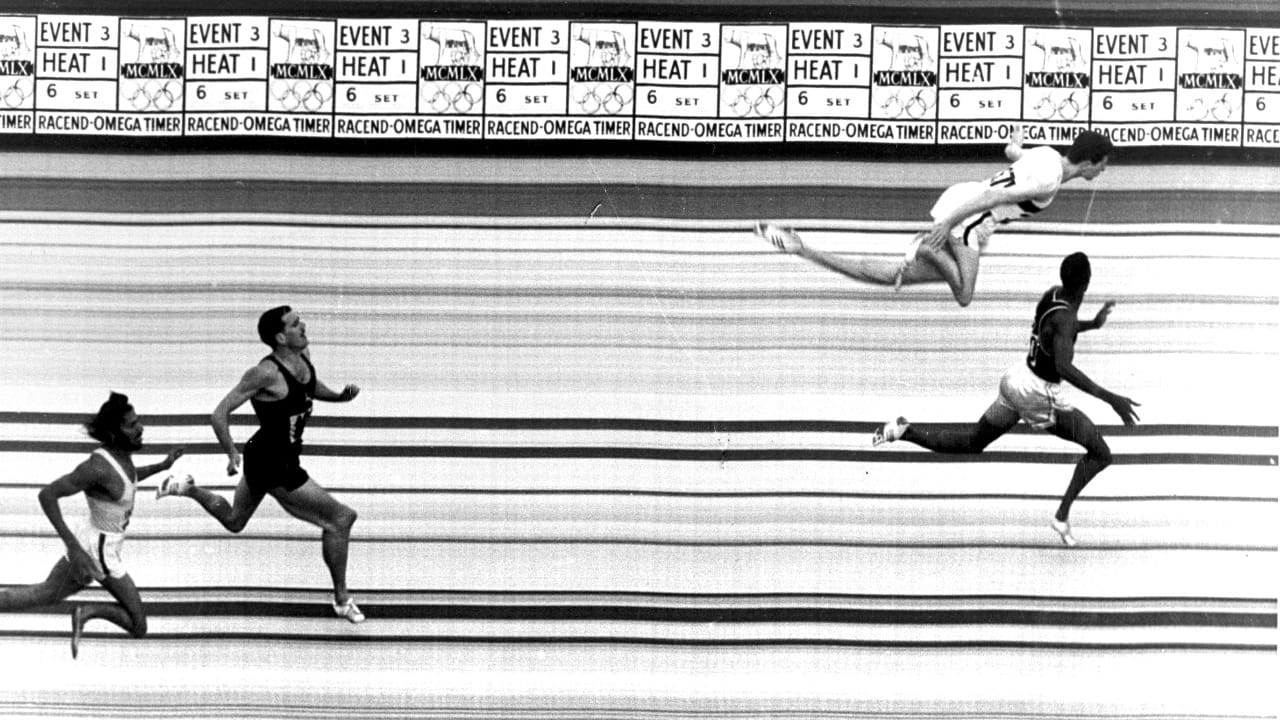“Omega is not the sponsor of the Olympics—we are the timekeeper,” says Martin Issing, vice president of Omega Malaysia. As the official timekeeper of the Olympic Games, the precision of Omega’s time measurements is critically important. The Olympic Games are nothing without records and, over the years, the methods used to measure these records have evolved significantly. It is the factor that determines each athlete’s dreams and the breaking of world records, even if it’s just by split-seconds.

Although the modern International Olympic Games started in 1896, Omega only took over its role as timekeeper in 1932. Before that, the Olympic committee would invite individuals, each equipped with their own pocket watches, to time each athlete. But not all pocket watches offer the same precision—especially not back then. What’s more, “different people have different reaction times”, Issing says. This meant that some athletes who had come in third were recorded with the fastest times. So, what counts?

When Omega finally stepped in for the 1932 Los Angeles Summer Olympics, the measurement of time still relied on manual stops, while the precision of sports was only measured at 1/10th of a second. “Today, that seems completely unrealistic,” Issing says. To compare, Olympic records are now measured at 1/100th of a second.

In 1968, the Olympic Games finally stopped relying on human intervention and, in 1972, for the first and only time in Olympic history, the winners were determined by 1/1000th of a second in the swimming competition, with Gunnar Larson and Tim McKee completing the race simultaneously, setting a record time of 4:31:981 and 4:31:983, respectively.

Throughout the years, Omega has continued to push the boundaries of technological development. Today, their timing instruments can measure up to 1/1,000,000th of a second, offering five times more accuracy and a hundred times greater in resolution. Beyond the basic measurement of time with stopwatches, the Swiss manufacturer has developed advanced equipment to measure records with enhanced precision in multiple dimensions. The introduction of the Photofinish Camera revolutionised the adjudication of running competitions, capturing slices of time in a single photograph. In swimming, automatic touch pads were introduced in pools, eliminating human-eye decisions to determine the winners.

Let’s not forget the start of the race as well. Up until 2010, a simple starting pistol was used to set off all timers at the same time. However, this posed an unfair advantage. For instance, in a 400m track event, the athlete closest to the referee who fires the gun would have a quicker reaction time compared to others further away. “That reaction time is enough to secure a runner a medal over another,” Issing says. “Then, it’s a matter of who gets the position closest to the guy with the starting pistol.” To ensure all athletes begin under fair conditions, Omega introduced the electronic starting pistol, which has a light that goes off. After all, light travels faster than sound. For runners, especially, in every starting position, a starting block is also equipped with a sensor to precisely trigger the timing mechanism.

As the Paris 2024 Olympic Games draw near, anticipation surrounds Omega and its continued advancement in its timing technologies. Featuring 329 events across 32 sports, each game demands its own specialised technology and expertise. “Our role is bigger than just building watches,” Issing says. It began with one timekeeper and 30 stopwatches, and has grown to include more than 530 timekeepers and more than 400 tonnes of equipment. Just as the Olympics push the limits of achievement, so too will Omega set new standards in innovation.
More photos of this year’s Olympics timepieces from Omega







